Exploring Some Art Styles - Part 2
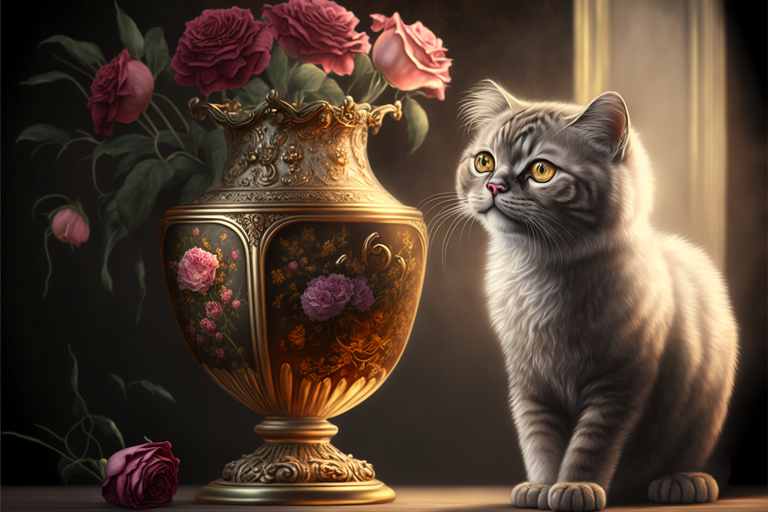
As I mentioned in part one, I’m exploring what art styles are as part of gaining a better understanding of using them in creating AI generative art. Today, I’m going to share about eight more styles from the list of fourty-five I have compiled.
Pop Art
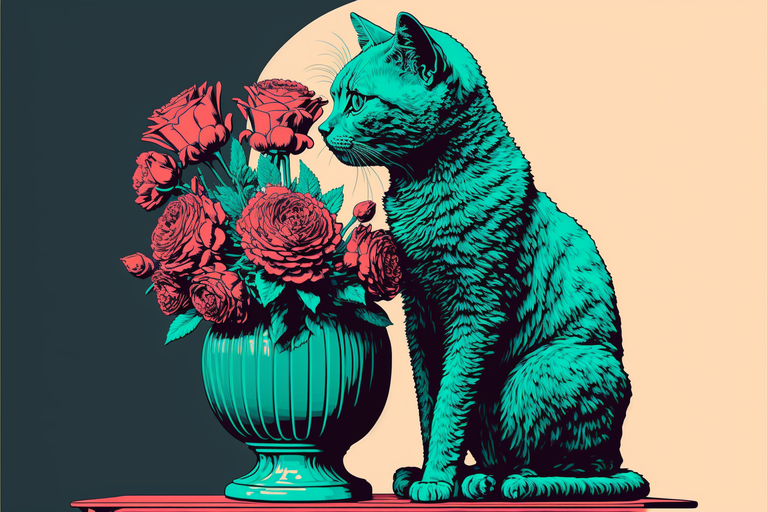
Pop Art emerged in the mid-1950s in the UK and the US. It was characterized by imagery from popular culture like advertising, comics and everyday objects. The style challenges the traditional notions of line art while incorporating elements of popular culture making art more accessible to a wider audience.
Pop Art sought to break down the boundaries between high and low culture by drawing in popular culture in the middle. Using bright and bold colours with techniques like silkscreen printing and mechanical reproduction to create works that were highly-stylized and often larger-than-life.
The style's a reaction to the seriousness and introspection of the Abstract Expressionist movement. It's a way of making art more in tune with fast-paced consumer-oriented society of the 50s and 60s making art more accessible to wider audiences using imagery and themes familiar to everyday people
Pop Art had a significant impact on the art world and has influenced other movements and styles including Minimalism, Conceptual Art, and Post-Modern Art.
Minimalism
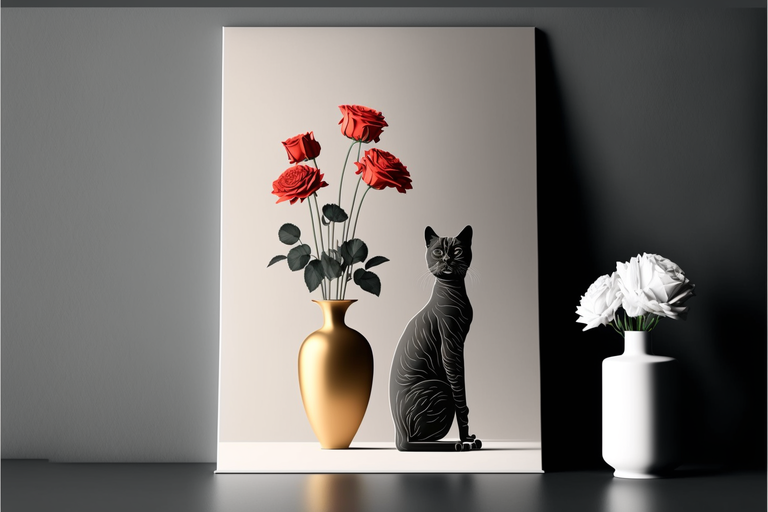
Minimalism emerged in the 1960s with simple forms, geometric shapes and minimal colour patterns. It had an emphasis on use of space and viewer perception of work with a goal to reduce work of the art to the most essential elements.
The work creates a sense of calm and simplicity while rejecting emotional and expressive qualities of abstract expressionism which was dominant in the art movement of the time.
Minimalism artists sought to create art devoid of personal expression and emotional content. Their aim was to create objective, geometric and impersonal art with a focus on viewer's physical and visual experience of the work.
Minimalism rejected the excesses of the 1950s and the consumer culture making art more in tune with fast-paced, consumer oriented 1960s. The work often consisted of simple geometric shapes like squares, rectangles and circles used to create a sense of harmony, balance and simplicity.
Minimalism had a significant impact on the art world influencing a wide range of other movements and styles like conceptual art, land art and post minimalism while also having an influence on architecture, design and music.
Realism
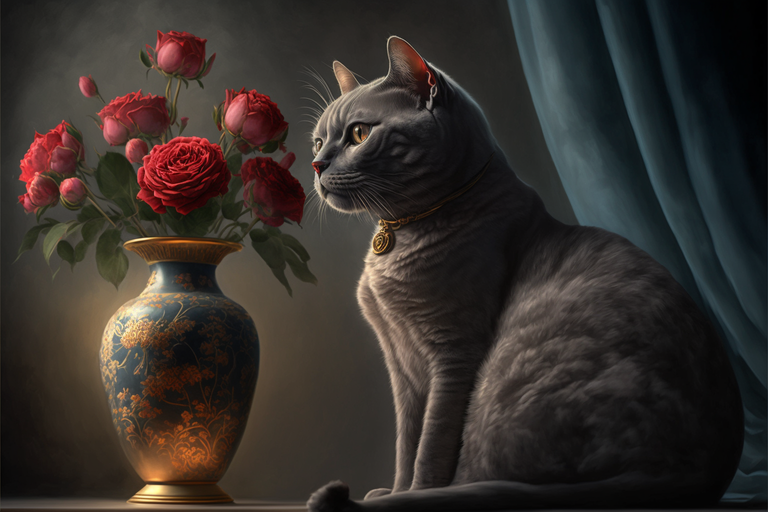
Realism emerged in mid-19th century using a focus on representing world in a realistic and accurate manner without using idealization, exaggeration or romanticism. The art sought to depict real world focus on accurate representation of subject matter details and to represent everyday life and the working class.
Often using ordinary people as subjects rather than aristocrats and mythological figures Realism tried to capture everyday reality, harshness of life and struggles of the poor. Their works were often seen as social commentary and a reaction to romanticism and idealization of earlier art movements.
Realism was a way of making art more accessible to a wider audience using imagery and themes familiar to everyday people. It influenced movements and styles like naturalism, impressionism and development of photography along with literature, theatre and politics making it a powerful tool for social and political commentaries.
Impressionism

Impressionism emerged in France in late 19th century with a focus on capturing visual impression of scene or subject rather than detailed representation.
The artists often painted outdoors, capturing changing light and atmosphere of their subject matter. Broken brushstrokes and vibrant, contrasting colours created a sense of movement and light.
Impressionist artists often painted the same subject at different times of day to capture changing light effects while seeking to capture the fleeting effects of light and colour.
Impressionism was a reaction to the traditional academic art with accurate representation of subject matter and a way of making art in tune with changing social and technological developments and the art more accessible to wider audiences using imagery and themes familiar to everyday people.
It's considered one of the most important movements of the 19th century, influencing post-impressionism, fauvism and expressionism along with impact on photography and music
Fauvism
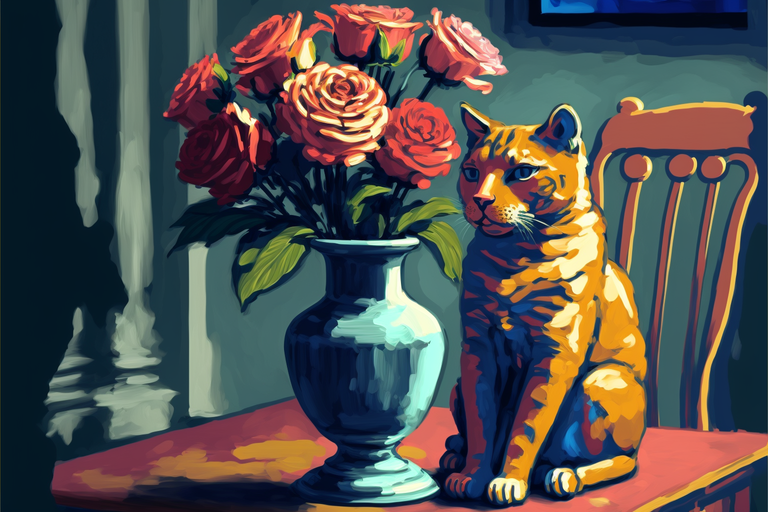
Fauvism emerged in France around the turn of the 20th century
with its use of bold, bright colours and strong brushstrokes. The names comes from the French word "fauvre" meaning 'wild beast'.
Fauvism was a rejection of the traditional naturalistic colour palette of impressionism and moved to a brighter, more intense range of colours to create a sense of energy and movement.
Fauvism artists often used strong bold brushstrokes to create a sense of movement and dynamism while the subjects were painted in a highly simplified, abstract manner as a way of making a more expressive and emotional work.
It had a significant impact and influence on Expressionism, Futurism and abstract art and also influenced music, literature and design
Expressionism
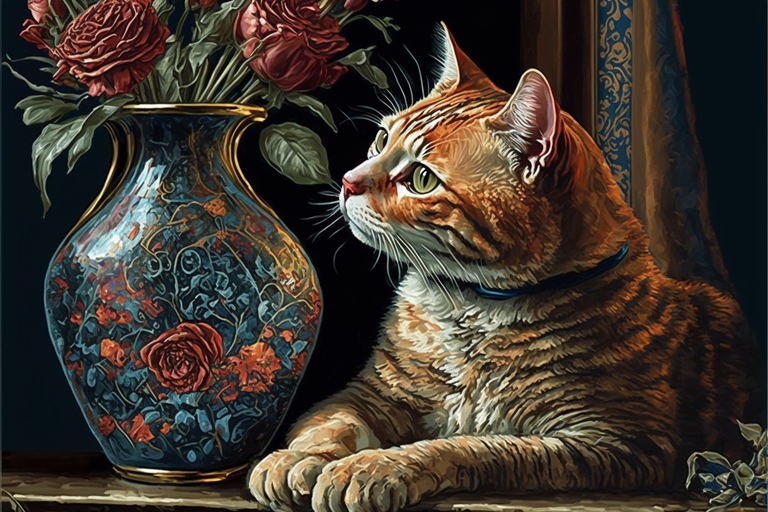
Expressionism emerged in the early 20th century with an emphasis on emotional and psychological expression rather than realistic representation of the subject. It sought to convey inner emotions and feelings using distorted forms, bright colours and exaggerated lines with bold brushstrokes to create a sense of emotional intensity
The subjects are often highly distorted in an exaggerated manner to convey a sense of emotional turmoil. This art form is a rejection of naturalism and objectivism in earlier movements.
It had a significant impact influencing movements like Fauvism, Surrealism and abstract art and also had an impact on literature, theatre and film
Symbolism
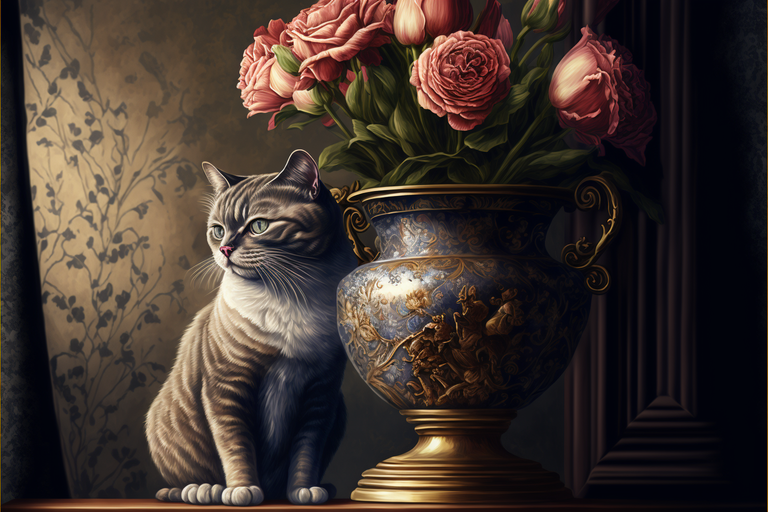
Emerging in the late 19th century Symbolism Art used symbols and allegory to convey deeper meanings and emotions while seekig to express the inner world of imagination, emotions and ideas through use of symbols.
Often a dream-like or mysterious atmosphere was used to create a sense of mystery and uncertainty by drawing on mythological figures, animals and other elements drawn from nature to convey deeper meanings and emotions. A muted colour palette was common.
Symbolism was a reaction to realism and naturalism of earlier art movements and a way of making art more in tune with the social and political changes of the time. It has a significant impact on Art Nouveau, Surrealism and abstract art. It also impacted literature, theatre and music
Abstract Expressionism
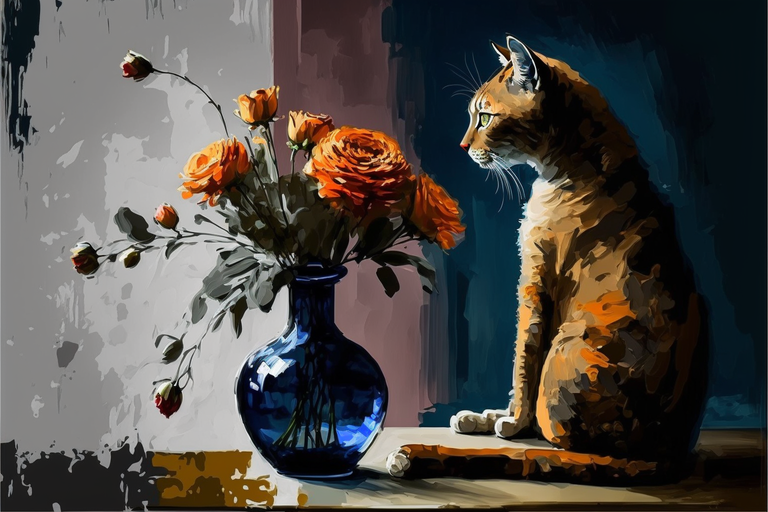
Abstract Impressionism emerged in the 1940s in the US with a focus on spontaneous and automatic process of painting using large canvases, bold brushstrokes and dynamic interplay of colour and form to create a sense of energy and movement
Abstract Impressionism artists rejected the traditional idea of art as a representation of the visible world and sought to express their inner emotions and feelings.
The style was a reaction to the political and social changes of the time to create art more in tune with the times. It had a significant impact on the art world while influencing Color Field Painting, Minimalism and Action Painting along with an impact on literature, theatre and film.
————————
I’m enjoying exploring the background on the various art styles while building a catalogue of what they look like. There will be several parts to this series.
Until next time.
Shadowspub writes on a variety of subjects as she pursues her passion for learning. She also writes on other platforms and enjoys creating books you use like journals, notebooks, coloring books etc.
NOTE: unless otherwise stated, all images are the author’s

How to Connect With ShadowsPub:
Twitter: @shadowspub
Instagram: shadowspublishing
Medium: @shadowspublishing
Publishing Website: Shadows Publishing
Nicheless Website: Nicheless & Loving It
(podcast, subscriptions for: Prompt A Day, PYPT Reminder & Newsletter)
Pimp Your Post Thursday (PYPT): join us on the DreemPort Discord12pm EST Thursdays
—————————————-
Get eyes on your content and meet new friends. Join DreemPort.


What a beautiful way of share art information, friend!! I love cats and i love art, thanks for this 🎀
glad you're enjoying the series. There is about 3 more in the series to come.